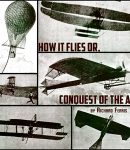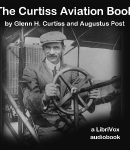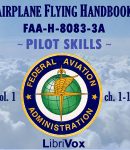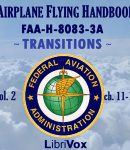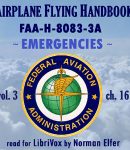
The Road
“We are arrived at a chief turning-point in the history of the English highway. New instruments of locomotion, a greater volume of traffic, a greater weight in loads, and vastly increased rapidity in road travel have between them brought us to an issue: either some very considerable and immediate change in the character of the Road, or a serious and increasing handicap in our rivalry with other nations through the strain and expense of an out-worn system. “The moment therefore calls for some examination of the Road, its theory and history. That need has prompted me to write this essay; but I must say at the outset that I approach my task with no expert qualification. My only equipment for the general sketch I intend is historical reading and the experience acquired in the writing of certain monographs upon the topography of the Road in the past. I can do no more than suggest lines of thought which, if they lead to practice, need a detailed science I do not possess. … “We have had (as I shall develop in more detail) five great moments … in the history of the English road system: the moment when the British trackway was superseded by the Roman military road; the moment when the latter declined in the Dark Ages; the moment when the mediaeval system of local roads grew up on the basis of the old Roman trunk roads and around them; the moment when this in its turn declined in the […]
